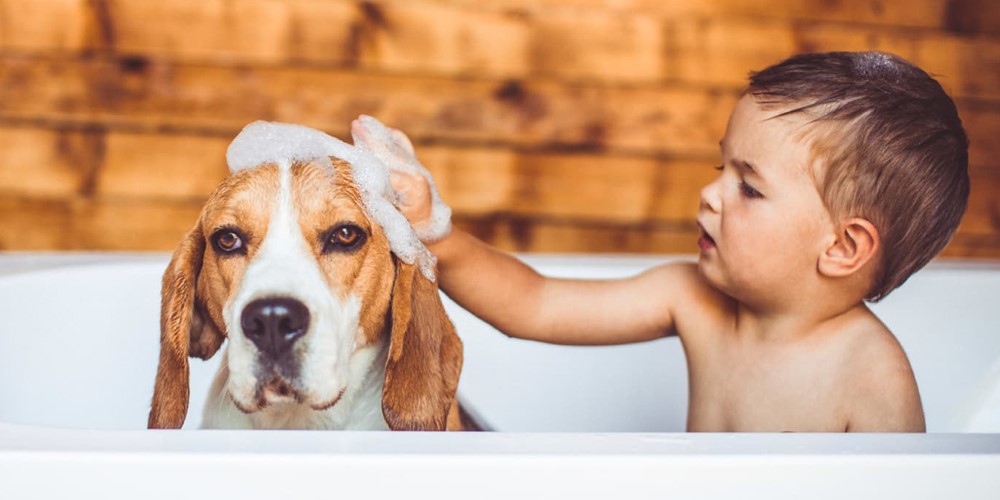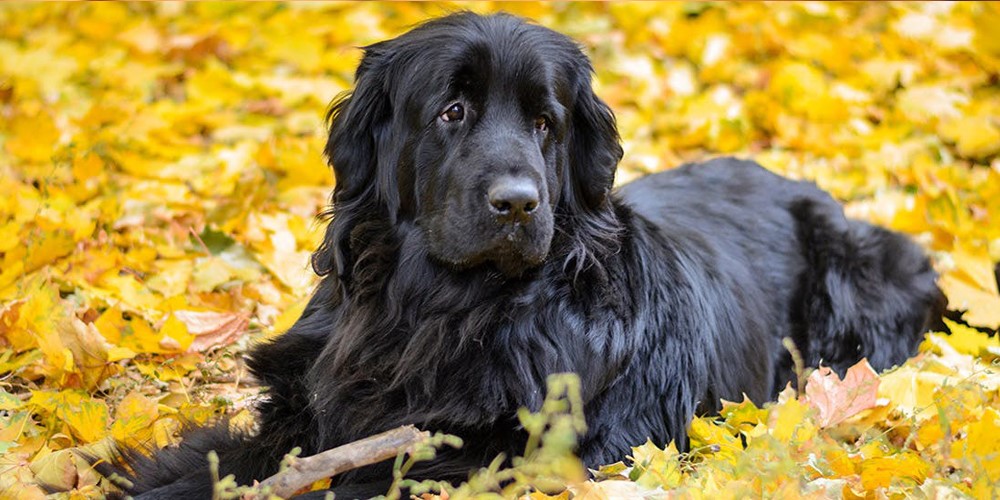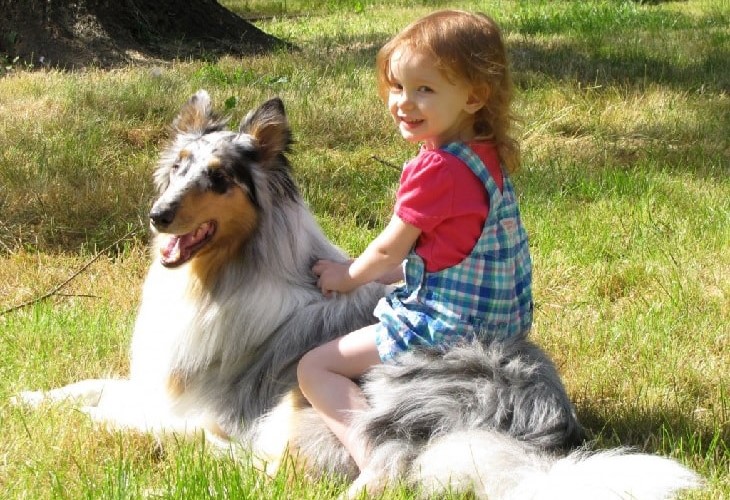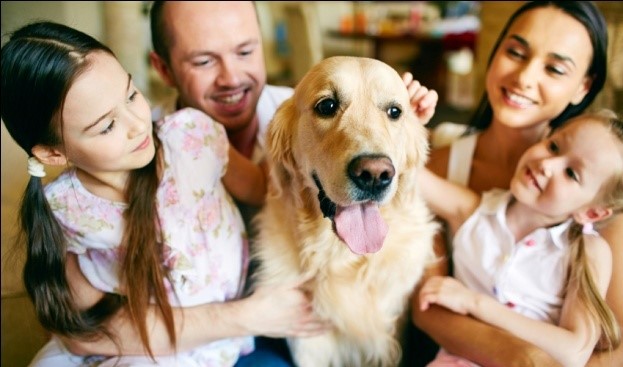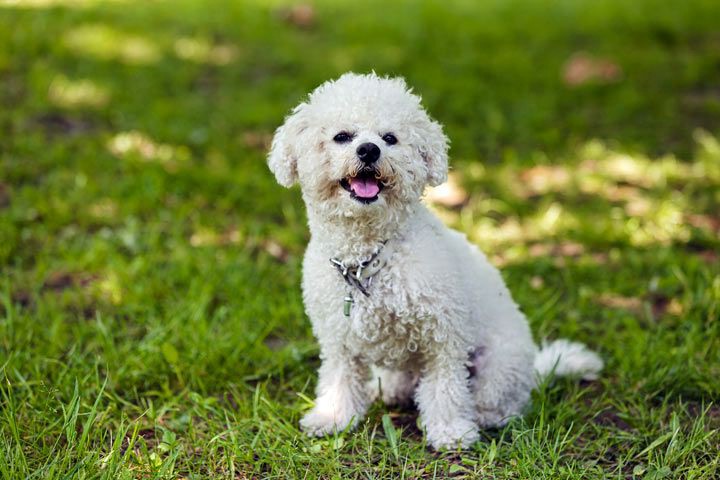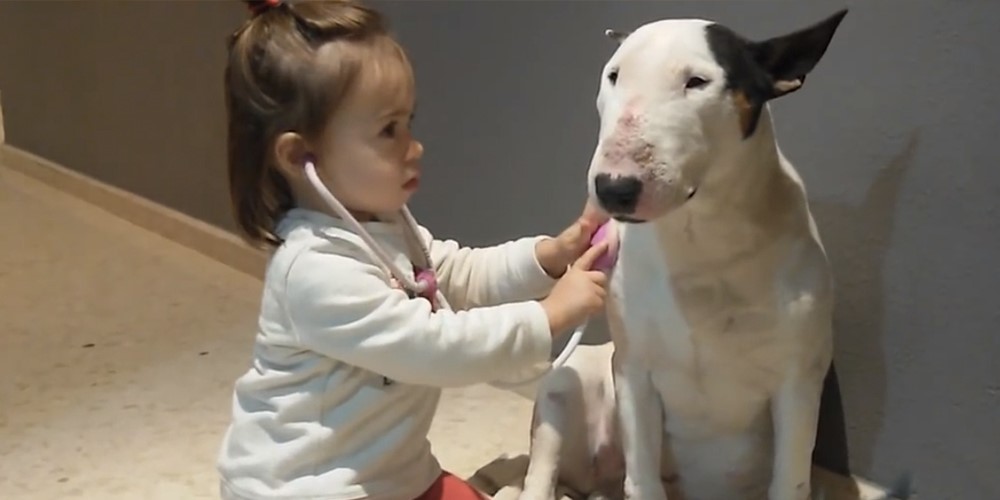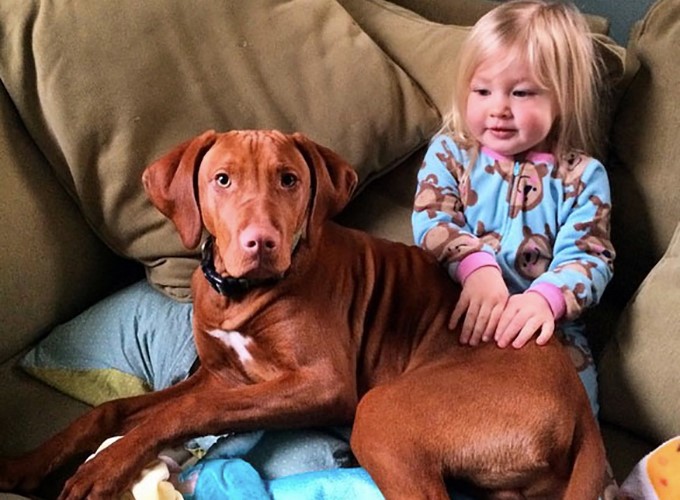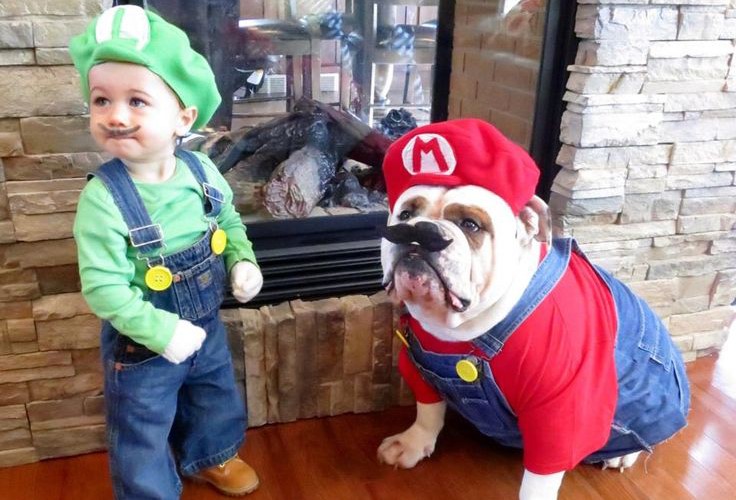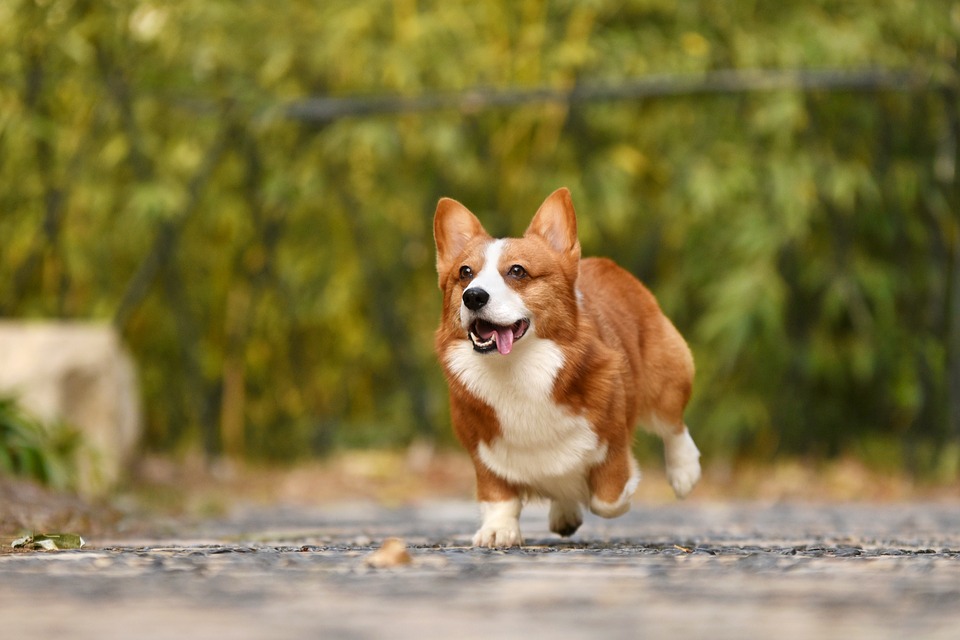Just like human hair, your dog’s coat will reflect the dog’s health. This can be especially obvious if you live in a harsher climate such as Australia for example. What’s more, if the dog’s coat is dull and lackluster, the chances are that there’s something wrong with their diet. As your dog’s owner and friend, you have the power to keep your furry pal happy, healthy and properly groomed. That said, keep in mind the following tips that can give your dog a shiny coat.
1. Enrich the dog’s diet with Omega-3 and -6 fatty acids
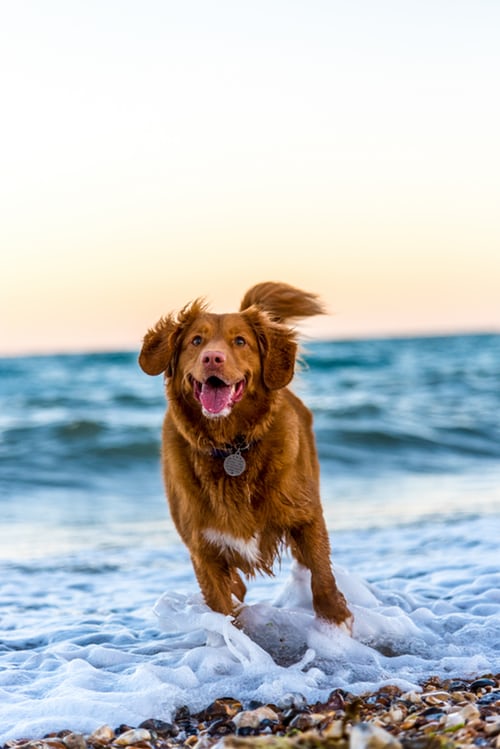
Omega-3 and -6 fatty acids are anti-inflammatory and generally tend to improve the overall skin conditions. This also includes the look and feel of your dog’s fur. In general, it would be best to diversify the dog’s diet a bit by introducing fish, fish oil or flaxseed oil to it for added Omega-3. Essentially, two tablespoons of any of these are more than enough for a medium-sized dog. A teaspoon of sunflower oil, safflower oil or rapeseed oil is also beneficial as these are rich in Omega-6 fatty acids. Just make sure to opt for one addition of Omega-3 and one of Omega-6, as you don’t want to go overboard and risk your dog getting an upset stomach.
2. Use supplements to improve the dog’s coat and skin
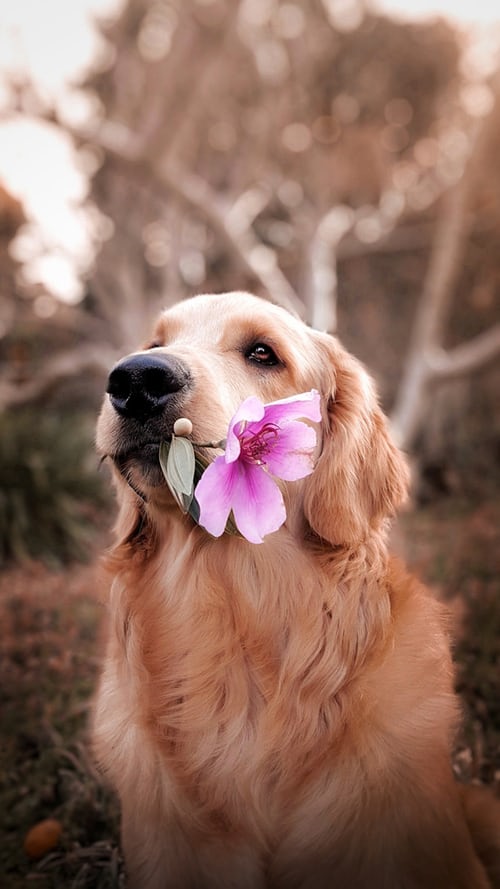
In case your pooch doesn’t react well to oils or fish, it would be best to switch to some healthy supplement alternatives. During the extreme heat of Australian summers for instance, dogs seem to react better to supplements than oils in general. If you notice this problem in your pup, too, you might want to look into high-quality dog supplements in Australia or wherever you might reside in order to provide your animal friend with the most effective nutrients and vitamins for a healthy coat and skin. These supplements will add much-needed Omega fatty acids while tasting like chicken!
3. Brush and bathe your dog regularly
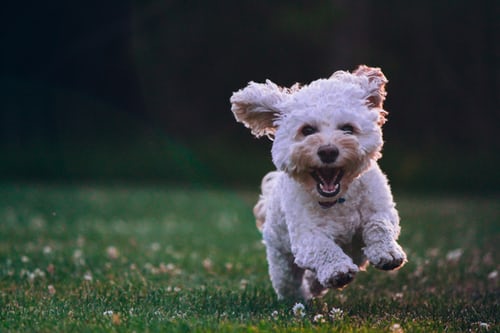
Even if your pooch tends to spend most of their time outside in the yard, you still need to stay on top of their grooming schedule. After all, this will affect the shine and health of the dog’s coat considerably. When it comes to brushing, you want to do it on a daily basis. But, when bathing is concerned, it would be best to consult your vet to find out the optimal bathing frequency for your dog in particular. Some dogs might have oilier skin and fur while others can suffer from drier and flakier skin. In that respect, you need to adjust the bathing accordingly as well as get the right shampooing products for your pup.
4. Prevent fleas, ticks, and mites
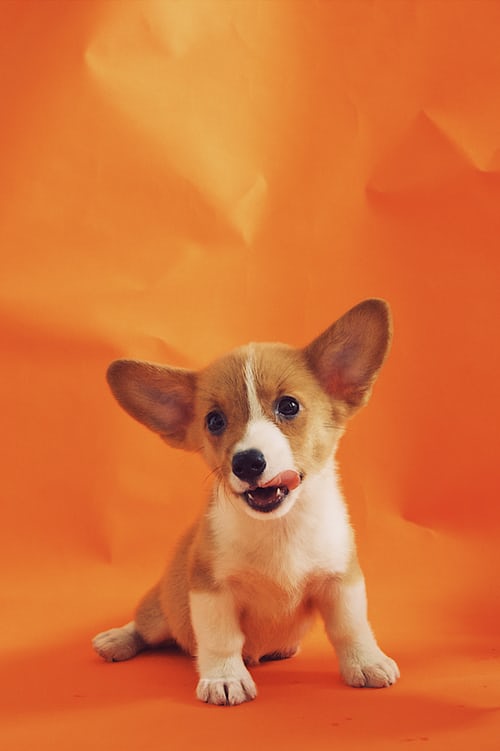
One of the biggest concerns for dog owners is the infestation of pests such as fleas, ticks and mites. These can damage your dog’s health, especially when it comes to skin and coat. In case you notice any rashes or sores, and even just thinning spots in the fur, make sure to bring your dog to the vet asap. However, the best thing you can do is to take preventative measures in the first place. This includes cleaning your home regularly as well as areas where your dog tends to spend a lot of time with appropriate products. Also, special collars and treatments can keep these pests away from your dog so don’t hesitate to ask about your options when visiting a vet. This is especially important in tropical Australia-like climates.
5. Keep your pooch happy
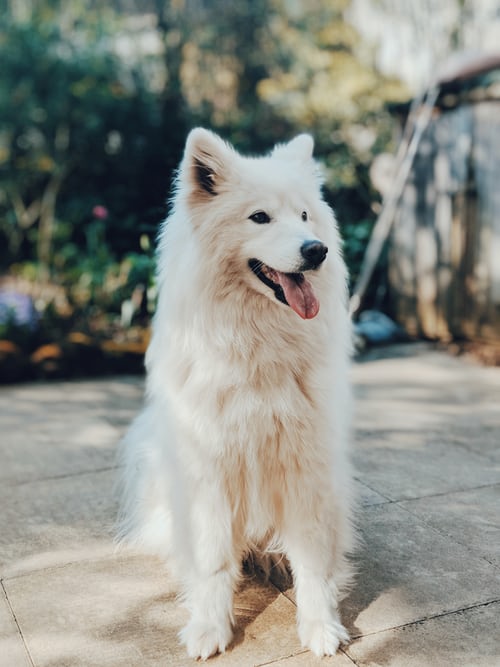
Stress can affect your dog’s coat as much as it can human hair. Precisely because of that, it’s important that you keep your dog happy. Dogs need to feel loved so make sure that you give them enough attention and cuddles on a daily basis. Also, it’s very important to let them use up their energy; if you don’t have a yard to let them run around make it a point to take them out for a walk every day. Furthermore, if you notice that your dog experiences separation anxiety every time you go to work, start working on getting the pup used to this occurrence regularly or at least make sure that they have company by dropping the dog off at the renowned kennel.
For anything that you might be unsure about, definitely go and talk to the vet. Ask as many questions as you need in order to provide the best care for your canine friend.
